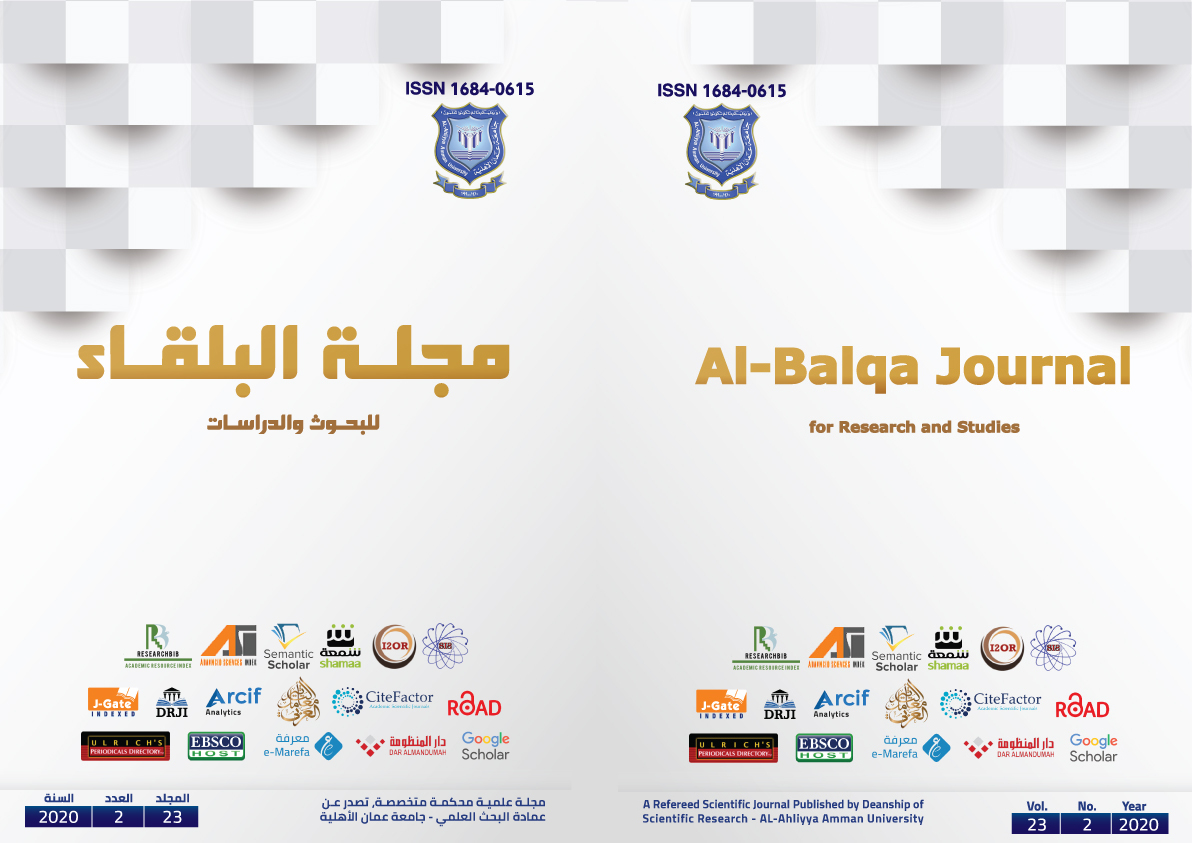Al-Balqa Journal for Research and Studies البلقاء للبحوث والدراسات

Abstract
An Arabic sentence is dealt with in this article as SVO at spell-out and VSO at the logical form (LF). Thus, the objective of this study is to check the grammaticality of the mandative subjunctive structure in the absence of a case assignor for the nominative case. It also checks the relevant syntactic and semantic formal and informal features that support the grammaticality of mandative subjunctive at LF. To achieve the objectives, the researcher refers to Chomsky’ s (1981, 1986a, 1986b and 1995) Minimalist Views and Radford’ s (1988) Empty Tense Theory. The problem is to find out the actual nominative case assignor for the subjunctive subject in the absence of an overt tense. The study illustrates that the only case assignor for the nominative case in these types of structures in Arabic is the empty tense [e]. The formal features ([T],[D-], [P-] and [’an]) are proved to be parts of numeration, and they have [+interpretable] features at LF; however, informal features, namely, (nominative case, theta-marking and Agrs”) are not. The study concludes that the complementizer ’ an ‘that’ and the subjunctive marker [a] are necessary to be overt for the grammaticality of the subjunctive sentence. It is proved that a mandative subjunctive sentence occupies an argument position and must be theta marked at spell-out to render a well-formed sentence at the logical form. The study is significant because the researcher found syntactic solutions to the grammaticality of these types of structures in Arabic syntax.
Recommended Citation
Jalabneh, Atef
(2013)
"Mandative Subjunctive in Arabic Syntax: A Minimalist Study,"
Al-Balqa Journal for Research and Studies البلقاء للبحوث والدراسات: Vol. 16:
Iss.
1, Article 6.
Available at:
https://digitalcommons.aaru.edu.jo/albalqa/vol16/iss1/6

